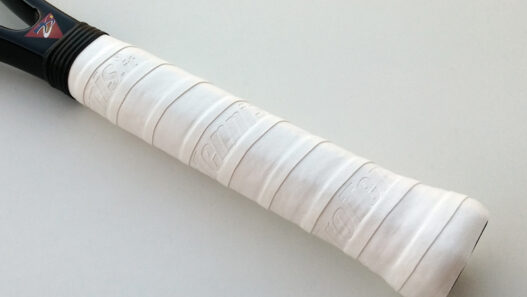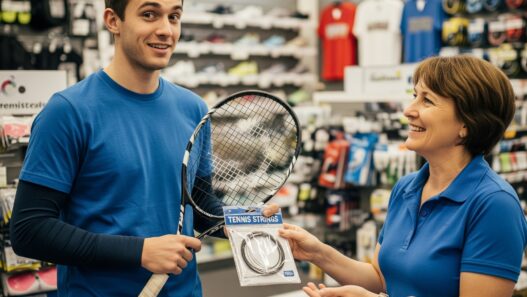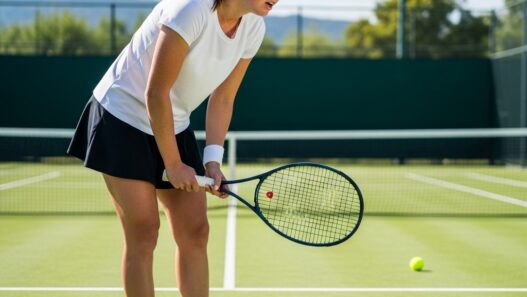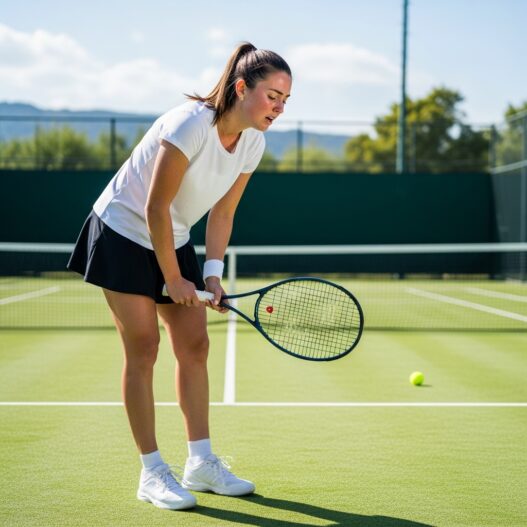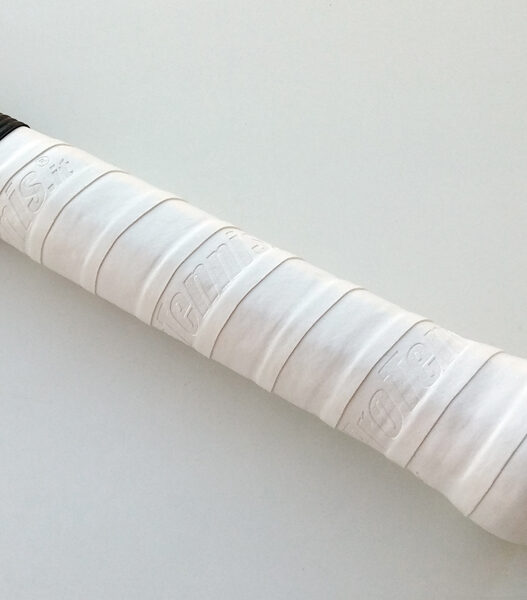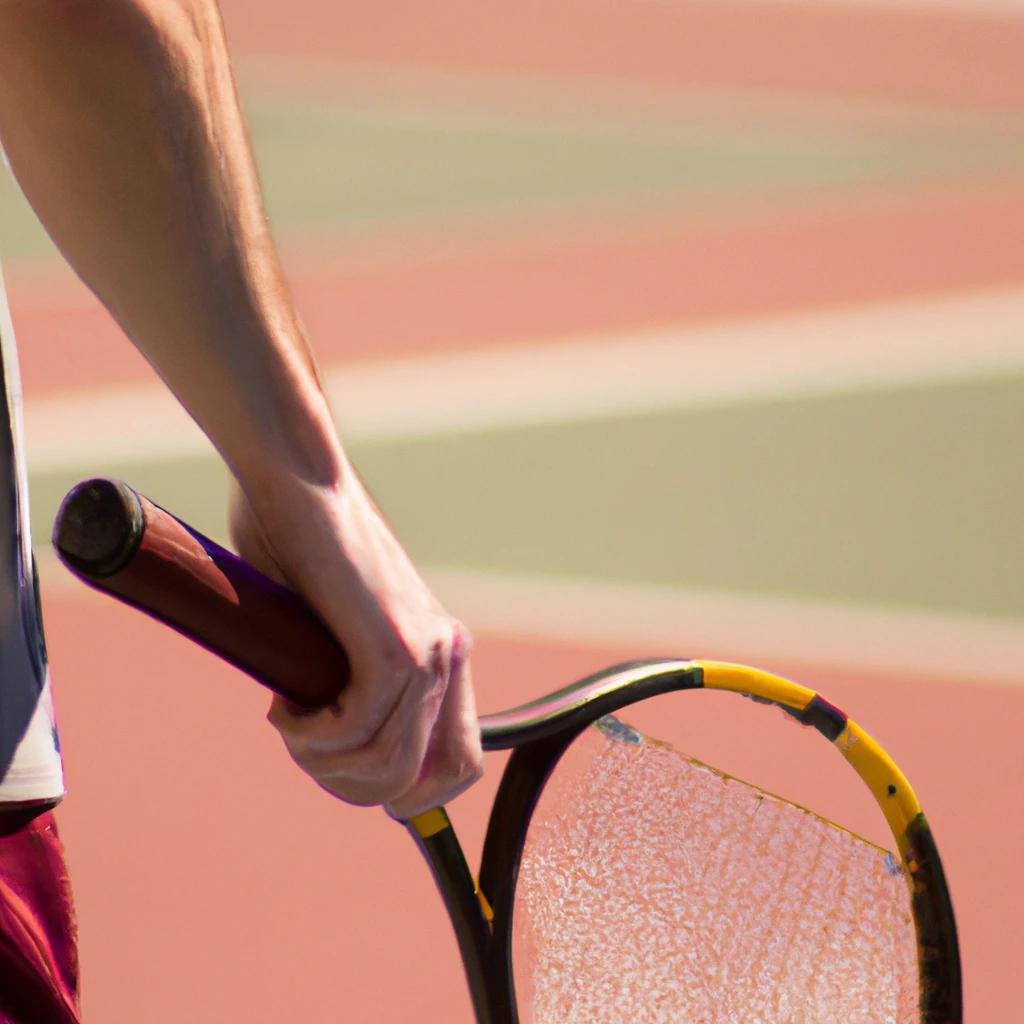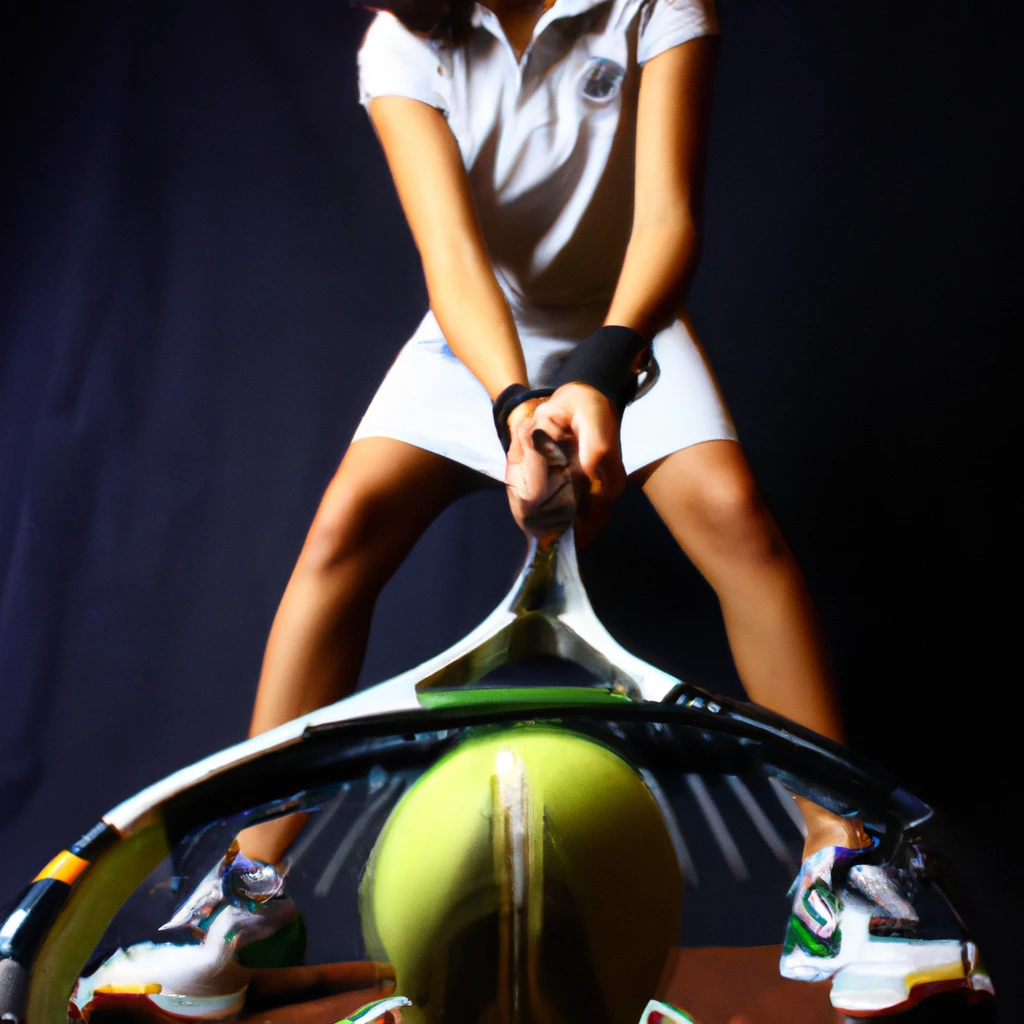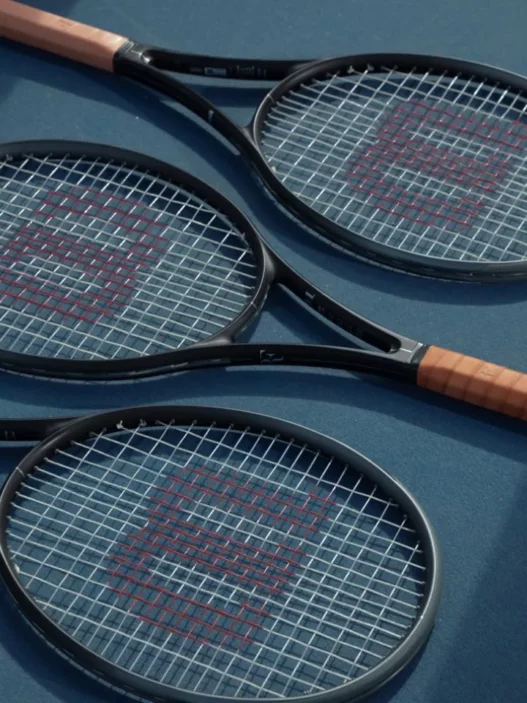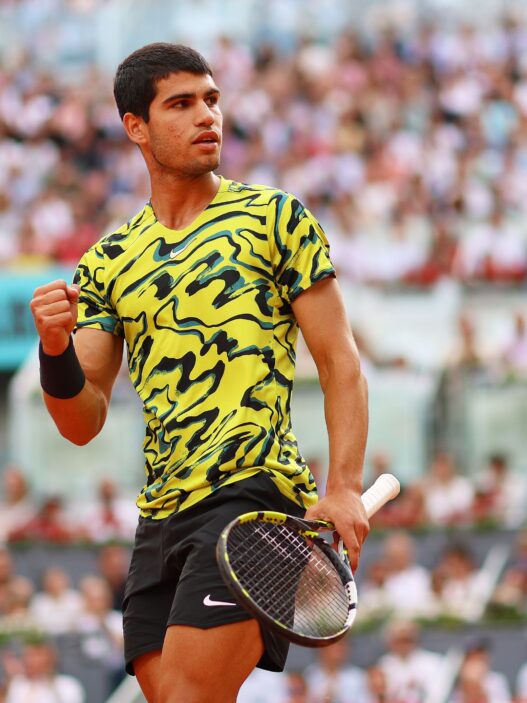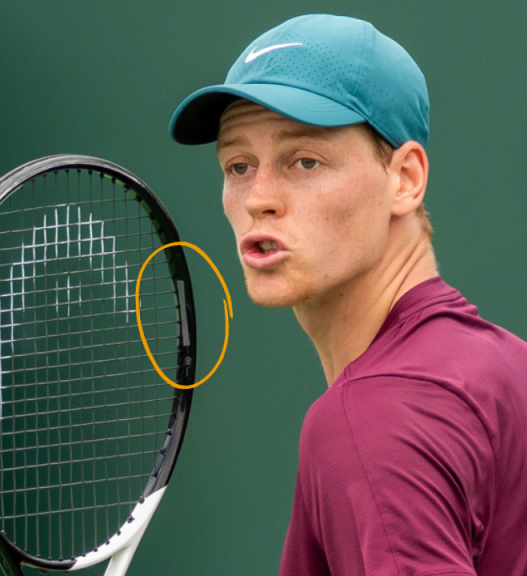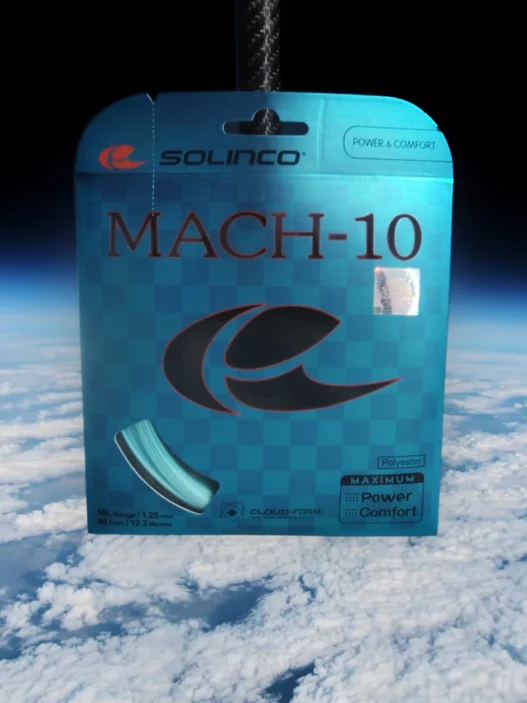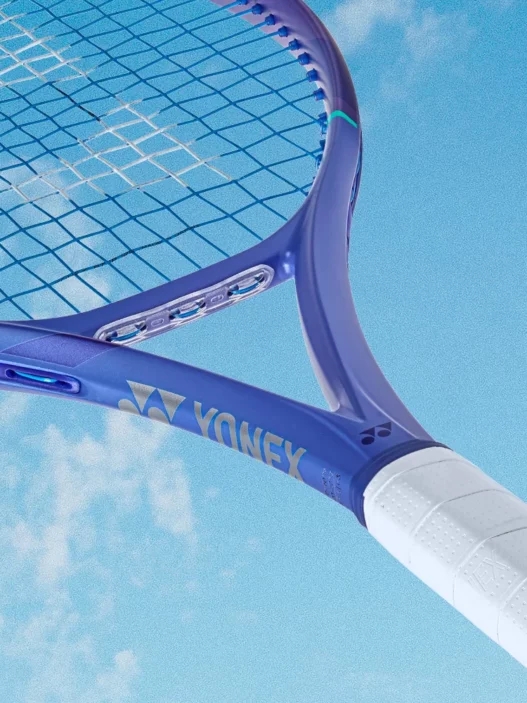It was a quiet Tuesday morning when I pulled the Wilson Pro Staff RF97 Autograph out of the bag. I’d been circling it for years — admiring from a respectful distance like a museum piece. It had always felt more like a concept than an option, a racquet built for Federer and Federer alone. The 340-gram unstrung weight printed near the throat was practically a warning label: do not attempt unless your name is Roger. And yet, there it was, freshly strung with Luxilon Alu Power at 48 pounds, daring me to commit.
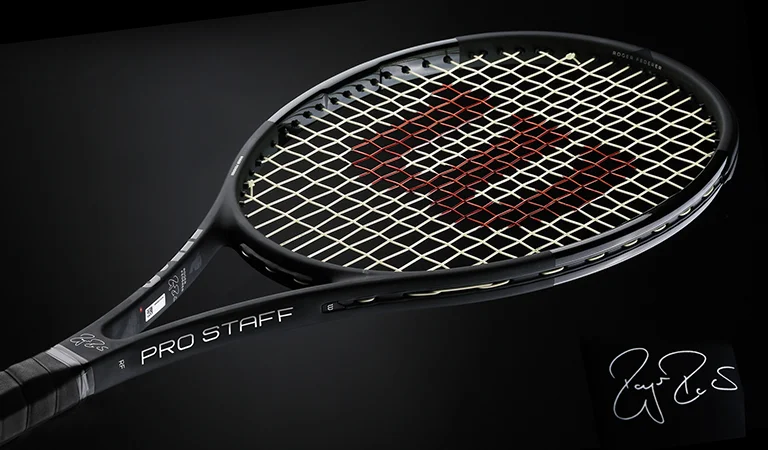
I’m not a small player. I hit with what I like to think is a moderately aggressive baseline game, and I’ve spent years getting comfortable with racquets in the 305–315g sweet spot — the Blade 98s, VCORE 98s, and the occasional Pure Strike 16×19. My current go-to had been the Ultra Pro v4 with a leather grip and some tungsten at 3 and 9, bringing it to around 325g strung. Heavy by most standards, but still a long way from 330+.
The question was never really about swing speed — I’ve always liked a weighted frame when I’m fresh. The real concern was sustainability. Could I wield something this heavy through a full two-set league match in July heat without my arm turning to putty or my timing falling apart?
I spent a week testing the RF97 and a few of its closest cousins: the Yonex VCORE Pro 97H (330g), the Head Prestige Pro (formerly the Tour), and the new Wilson Six.One 95 reissue, which clocks in just under the RF in weight but with an even tighter sweetspot. All of them strung with shaped poly between 45–50 pounds to preserve feel and keep the ball in the court.
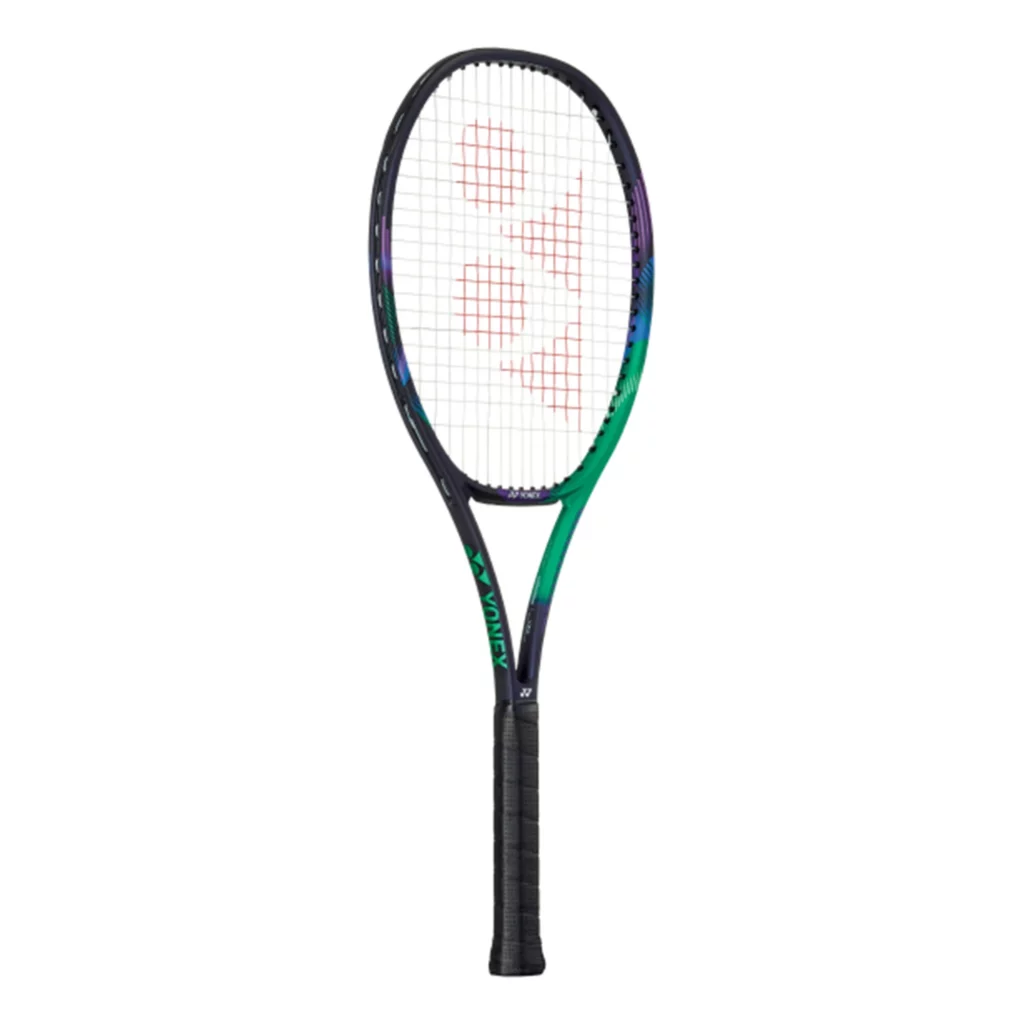
The Feel
Let’s start here, because it’s what got me addicted. There is simply nothing like the plush, solid, ball-on-strings compression you get from a true 330g racquet with a thin beam. The RF97 in particular offers a hit that feels… complete. You connect with the ball and feel every micro-interaction — the flex of the graphite, the pushback of the strings, the roll over the frame.
If you’ve ever driven a luxury manual car with tight steering and a heavy clutch, you’ll understand. There’s more required from you — but in return, there’s far more to feel.
The Prestige Pro was close, a little more buttery, a touch less raw power. The VCORE Pro felt the most plush, almost too insulated from the ball. The Six.One was clinical — laser-precise but slightly harsher, as if telling you, “You hit that two millimeters off center, and you’re going to know.”
The Serve
This was where things really came alive. The weight overhead helped me generate more pop on the flat first serve than I’ve had in years. There’s a plow-through sensation you don’t get with lighter frames — it’s as if the racquet itself is carrying the energy through the contact zone. On second serves, I needed a match or two to time it, but the payoff was a heavier kick that pushed returners back a full step.
The RF97 in particular gave me the most consistent action. The Six.One 95 was a close second, though my shoulder didn’t love how much acceleration was required to make it sing.
The Return
Here’s where reality set in. Returning serve with a 330g frame requires perfect timing and short, confident swings — especially on fast courts. If I got jammed or hesitated, the racquet exposed me. A mistimed chip floated, a late swing sprayed. You have to stay on the front foot, mentally and physically. And that’s not always realistic.
On the flip side, if I caught the ball clean, the racquet did the rest. I could block big serves deep with minimal effort. My slice return, usually a neutral shot at best, started biting low and fast. When I was in rhythm, it felt like cheating. When I wasn’t… I missed the Pure Aero.
Rallies
From the baseline, things got clearer. A heavier racquet shines when you can set up early, take a full cut, and hit through the court. My forehand, which is usually more heavy spin than flat acceleration, started landing deeper and bouncing higher. On the backhand side, I had to adjust my swing shape slightly, but when I committed, the extra weight added easy depth.
But this is also where fatigue showed up. After 45 minutes of hard hitting, I was late more often. My feet were still moving, but my contact point drifted closer to my body. The racquet was no longer an extension of my arm — it was a weight I had to lift, swing, and recover. It demanded more fuel than I could supply on a normal Tuesday evening.
So Can You Actually Play With One?
Yes — but probably not every day.
Here’s the honest answer: a 330g racquet is not for everyone, and not for every match. But if you’re technically sound, physically prepared, and looking for a frame that rewards precision, timing, and commitment, there’s nothing more satisfying. It’s a reminder of what tennis used to feel like before power and forgiveness were dialed to max.
For me, the RF97 won’t be replacing my match stick. But it will absolutely stay in the rotation. It’s my “practice racquet,” my “reminder racquet” — the one that forces me to move better, time better, hit clean. And when I’ve got the legs and focus to use it well, it transforms the game into something purer.
So yes, you can play with a 330g racquet. But be ready to earn it.

